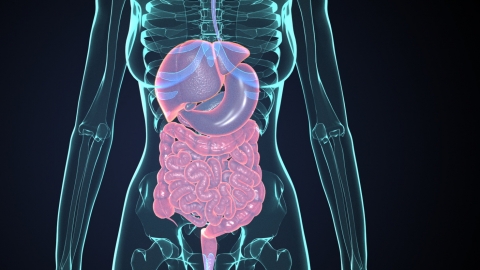What type of necrosis does amoebic liver abscess belong to?
Generally speaking, amoebic liver abscess belongs to liquefactive necrosis. The detailed analysis is as follows:

An amoebic liver abscess is a liver infection caused by Entamoeba histolytica trophozoites. The parasite enters the human body through the digestive tract and then reaches the liver via the bloodstream, causing destruction of local liver tissue. After the amoeba invades the liver, its toxins and the resulting inflammatory response lead to localized tissue necrosis. This necrotic tissue liquefies and dissolves within the liver, eventually forming an abscess cavity, a process consistent with the characteristics of liquefactive necrosis.
Patients with amoebic liver abscess often present with symptoms such as high fever, chills, right upper quadrant pain, liver area pain, hepatomegaly, or liver tenderness. Some patients may also develop jaundice, nausea, vomiting, and systemic wasting symptoms such as weight loss and fatigue. Under a physician's guidance, patients can be treated with medications such as metronidazole tablets, ornidazole tablets, and chloroquine phosphate tablets. Surgery may be necessary in some cases to drain the abscess or perform a hepatectomy.
In daily life, one should wash hands with soap and running water before meals and after using the toilet, avoid consuming unclean or contaminated food, especially raw water and undercooked food.











